Search Images
Browse Content (p. 760)
![Tumulus of Karakus [South Side]](https://www.worldhistory.org/img/c/p/360x202/12602.jpg?v=1636186506)
Image
Tumulus of Karakus [South Side]
The Tumulus of Karakus with the eagle on top of the south column. The Tumulus of Karakus is a funerary monument (hierothesion) of the Commagene Royal Family, located in the Kahta district of Adiyaman Province in Eastern Turkey. 1st century...
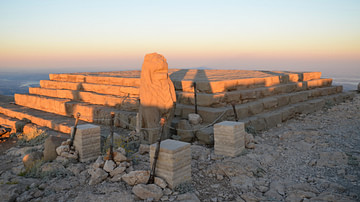
Image
Stepped Altar on Mount Nemrut
The square and stepped altar platform located at the eastern side of the East Terrace of Mount Nemrut in southeastern Turkey.
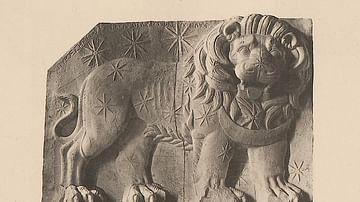
Image
Relief of the Lion Horoscope from Mount Nemrut
Relief of the famous Lion Horoscope from the West Terrace of Mount Nemrut. It depicts a lion with stars on his body and a crescent moon on his chest. It has been argued that the scene might represent a kind of horoscope, one of the oldest...
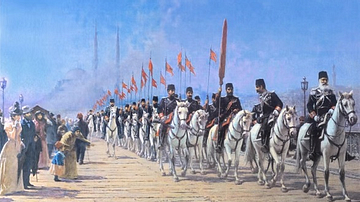
Image
Ertugrul Cavalry Regiment of the Mansure Army
A 20th-century CE painting depicting the Ertugrul Cavalry Regiment (named after the father of Osman (r. 1299-1326 CE), the founder of the Ottoman Empire) of the Ottoman Mansure (Victorious) army that had replaced the obsolete janissaries...

Image
Suleiman the Magnificent
Ottoman Sultan Suleiman I the Magnificent (r. 1520-1566), also known as Suleiman the Lawgiver, oil on canvas by Tiziano, c. 1530 CE.
Kunsthistorisches Museum, Vienna, Austria.
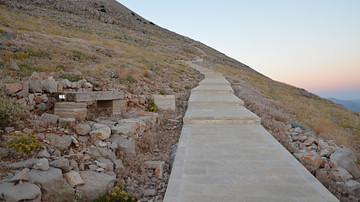
Image
Path to Mount Nemrut
The start of the 600-metre climb to the top of Mount Nemrut in southeastern Turkey.
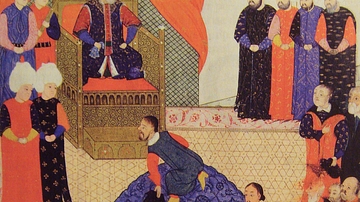
Image
John Sigismund of Hungary with Suleiman I
An Ottoman court artist's impression of the Hungarian King John Sigismund Szapolyai (r. 1540-1551 CE; 1556-1570 CE) paying homage to the Ottoman Sultan Suleiman I the Magnificient (r. 1520-1566 CE), in 1556 CE at Zemun (part of modern-day...
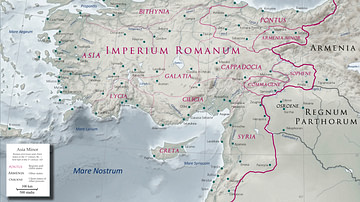
Image
Asia Minor in the Early 1st Century CE
Map of Asia Minor in the early 1st century CE with the Kingdom of Commagene as a Roman client state.
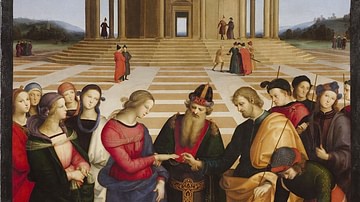
Image
The Marriage of the Virgin by Raphael
The Marriage of the Virgin painting by the Italian Renaissance artist Raphael (1483-1520 CE). Around 1504 CE. (Pinacoteca di Brera, Milan, Italy)
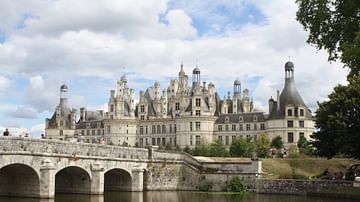
Image
Chateau de Chambord & Cosson River
Chateau de Chambord, Loir-et-Cher, France. The chateau was built between 1519 and 1547 CE on the banks of the Cosson River, a tributary of the Loire.